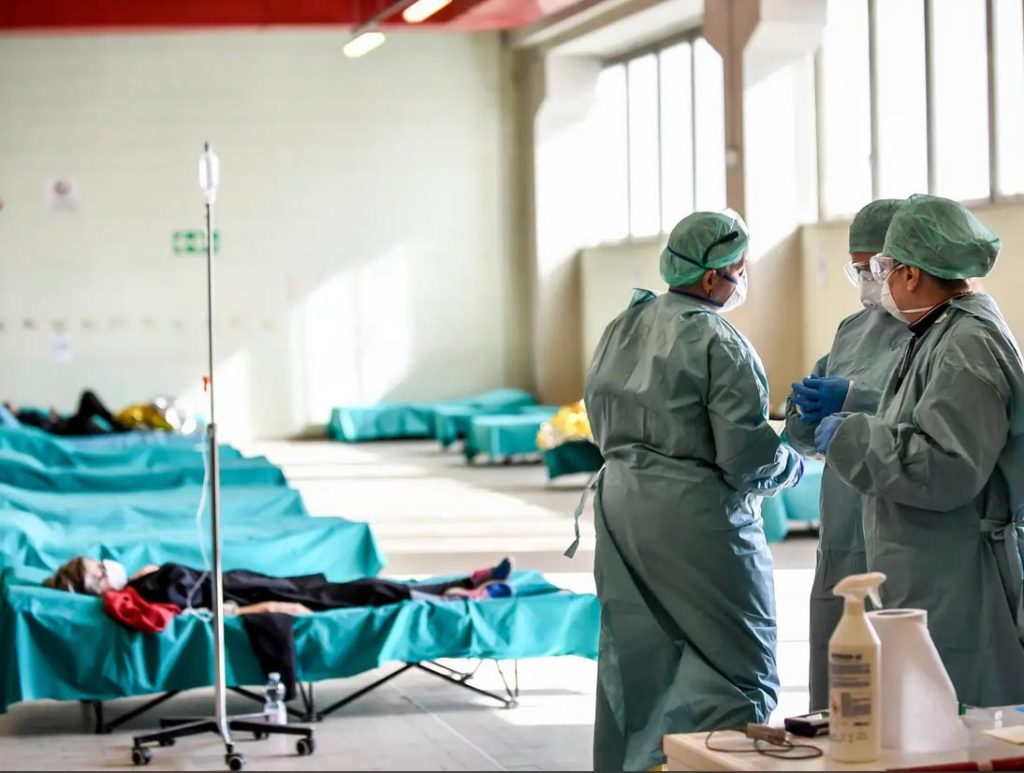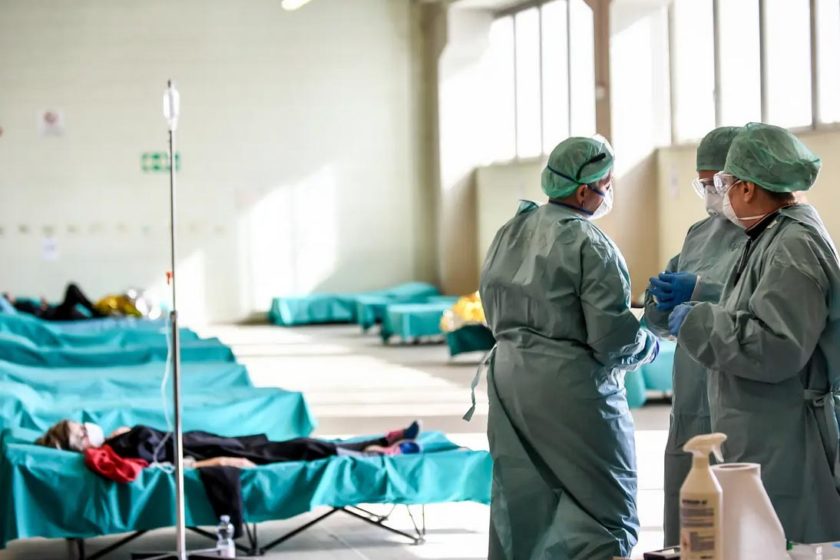March 20, 2020 By TheNewYorkNews
How Italy collapsed in 24 days amidst coronavirus from a perfectly healthy country
How Italy spiraled from a perfectly healthy country to near collapse in 24 days as the coronavirus took hold
This week, doctors in Italy have been forced to make choices that no one, least of all people who have taken an oath to protect lives, should face: Who lives and who dies?
As the country’s coronavirus caseload has skyrocketed — more than 15,000 people have been infected and at least 1,000 have died — healthcare workers on the front lines are confronting a worst-case confluence of a contagious new virus, an aging population, and shortage of hospital beds.
Doctors are now prioritizing young and mostly healthy COVID-19 patients because their chances of survival eclipse those of the elderly.
Lorenzo Casani, the health director of a clinic for elderly people in Lombardy, told to the Time:
“We do not have free beds in intensive care units,” – Doctors, he added, must “make this horrible choice and decide who is going to survive and who is not going to survive … who is going to get a monitor, a respirator, and the attention they need.”
The tragic triage is reminiscent of the choices made on a battlefield, and indeed, Italy is now at war.
The country reported its first coronavirus case less than four weeks ago, on February 20. Now the scale of the country’s outbreak is second only to China’s.
In response, Italian officials seem to have tried everything: They shut down schools, ordered shops to close, emptied the country’s wildly popular tourist destinations, quarantined dozens of cities, and then expanded thr quarantined red zone.
“We all must give something up for the good of Italy. There is no more time,” Prime Minister Giuseppe Conte said in a televised address.
A series of lockdowns
On February 23, the Italian government put almost a dozen towns — those in which the most coronavirus cases were reported — on lockdown. About 50,000 people were affected. Major landmarks were closed, the annual Venice Carnival was canceled, Giorgio Armani held its runway show at Milan Fashion Week in an empty theater.
By February 26, less than a week after the first reported case, 12 people had died.
Castoldi said she began to notice “overflowing” supermarkets as people panic-bought toilet paper, meat, and pasta.
A week-and-a-half later, on March 8, Conte cordoned off an area of the country containing 16 million people. The quarantine came as Italy’s coronavirus case total approached 6,000; its death toll had surpassed 230.
Roberto Burioni, a professor of virology at Milan’s Vita-Salute San Raffaele University, says that the leak triggered unnecessary travel as people rushed south.
“Unfortunately some of those who fled will be infected with the disease,” he said.
Because Castoldi had been in Milan, which was part of the closed-off region, she reached out to her doctor and was instructed to self-quarantine. She shut herself in her bedroom, venturing out for just a few minutes each day with a mask on, since she lives with her father and brother. Her cat, Bilbo, hung by her side.
On Monday, Conte announced an unprecedented nationwide lockdown.
Conte said at a press conference. He announced a “stay at home” policy, a 6 p.m. curfew, and a ban on public gatherings:
“All the measure of the red zones are now extended to all of the national territory”
By that point, over 9,000 people had contracted the coronavirus and over 460 were dead.
‘We do not have enough doctors’
On Tuesday, the first day of Italy’s nationwide lockdown, Italy recorded its highest leap in fatalities in a single day: 168 new coronavirus deaths were reported. Conte announced that most shops, save for pharmacies and grocery stores, would close.
As of Friday, the country’s coronavirus death toll — a basic calculation that divides the number of deaths by the total number of cases — was at about 7%. It’s a grim reflection of Italy’s struggles, given that the global death rate has been hovering around 3.4% for weeks.
“We were not prepared. We do not have enough doctors for the people. We do not have an organized plan for pandemics,” Casani told Time.



COMMENTS